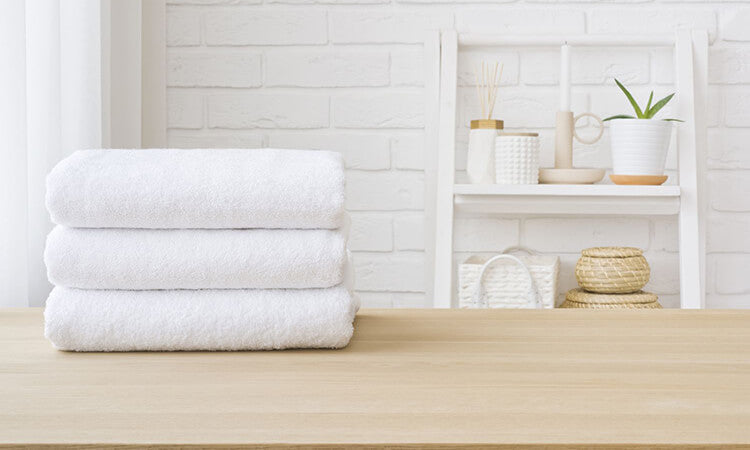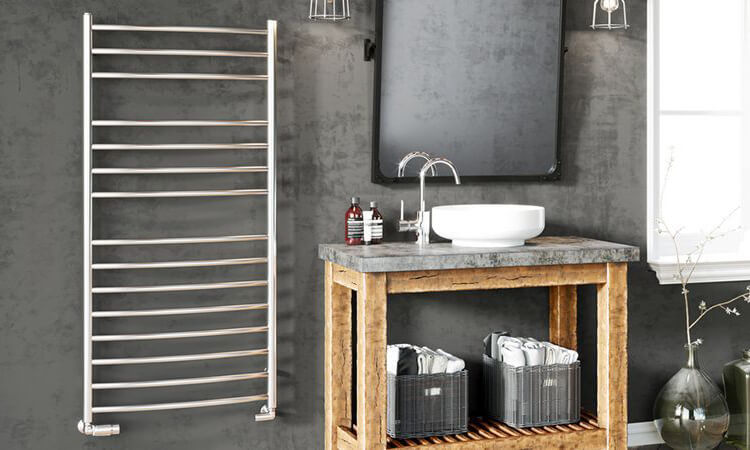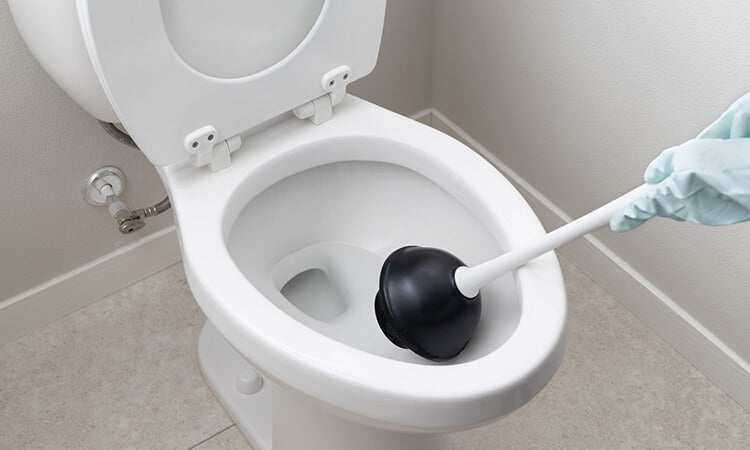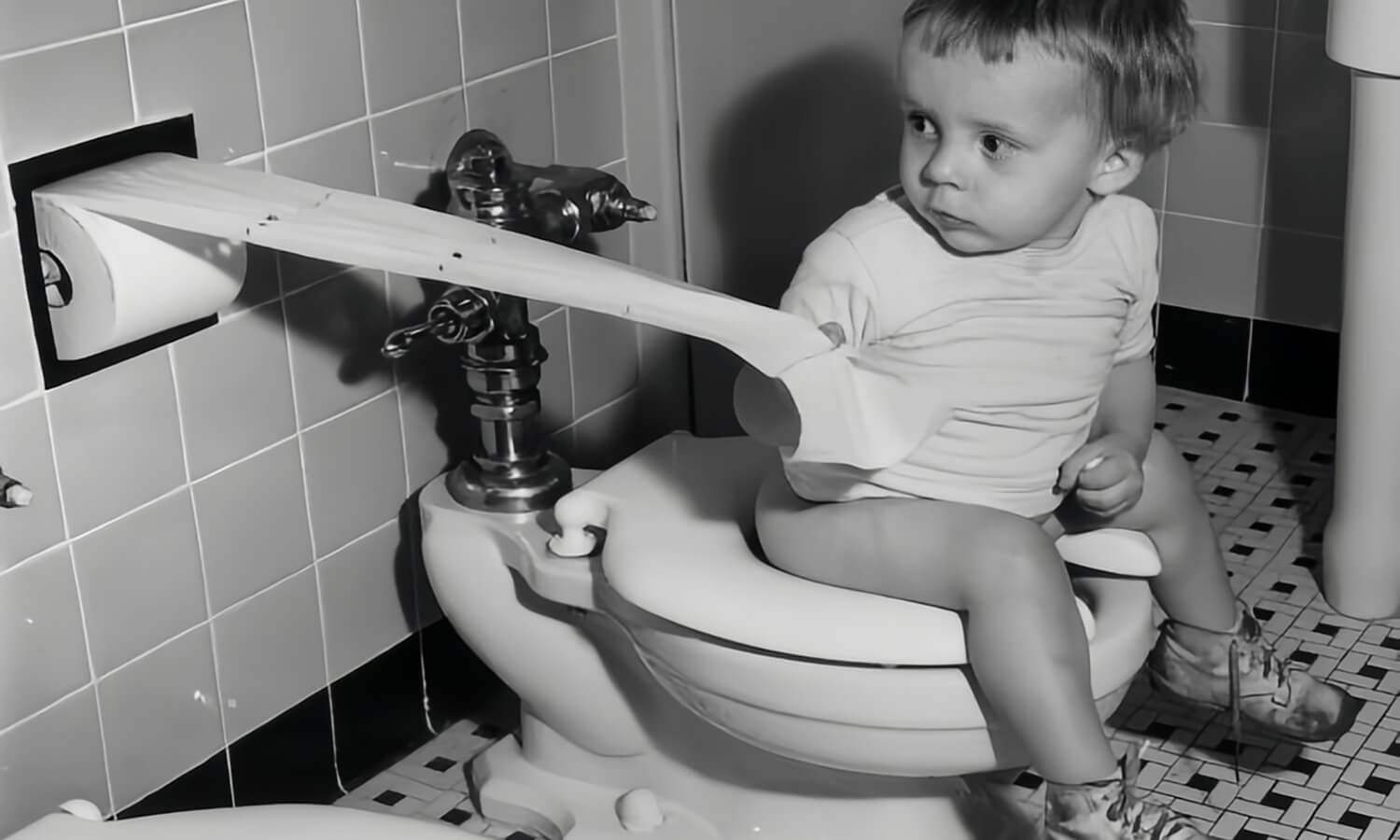Floating bathroom vanities, also known as wall-mounted or suspended vanities, appear to hover above the floor, creating a clean, modern, and airy aesthetic. Without traditional legs, they leave floor space open and visually declutter the room. However, this contemporary design has left some homeowners questioning its structural integrity. Can it truly handle the pressure of daily use? Will it stay secure? Is there a risk of it falling off the wall? In this article, we’ll explore all aspects of floating vanity safety to help you make a confident, informed decision.
Installation Structure Analysis
The structural composition of your bathroom wall is the first and most critical factor in determining the safety and stability of a floating vanity. Walls generally fall into two categories: load-bearing walls and non-load-bearing walls. Load-bearing walls support the structural weight of the building (from roofs, floors, etc.), making them ideal for supporting a heavy, wall-mounted vanity.
Non-load-bearing walls, while not as robust, can still support a floating vanity with proper reinforcement. This may include installing a steel support frame inside the wall or using high-strength reinforcement panels to increase load capacity.
To enhance overall stability, it's highly recommended to install wooden reinforcement blocks (shims) inside the wall. The process involves drilling holes into the wall, hammering in the wood blocks, and using wood screws to attach the vanity brackets securely. This distributes the weight more evenly and strengthens the connection between the vanity and the wall, reducing the risk of loosening or falling over time.
Further Reading: How to Install a Floating Vanity
Load-Bearing Capacity Analysis
One of the most important safety considerations is the vanity’s load-bearing capacity. To assess this, we must account for several factors—not just the weight of everyday bathroom items, but also the vanity’s own construction and material density.
Different countertop materials vary in weight and durability. For instance:
- Ceramic tops are smooth, dense, and relatively lightweight.
- Engineered stone (like quartz or cultured marble) offers durability and aesthetic flexibility but tends to be heavier.
- Solid wood tops, while warm and natural in appearance, can vary in weight and may warp in humid environments.
Don’t overlook the weight of toiletries. While each item (toothpaste, soap, mouthwash, etc.) is light, their total weight adds up, especially in households with multiple users.
The good news is that most quality floating vanities are designed to support over 100 lbs (45 kg), which includes the weight of the vanity, countertop, and typical bathroom accessories. Their minimal design often limits storage capacity, which naturally reduces the risk of overloading. If you need additional storage, consider pairing the vanity with a matching medicine cabinet.

Material Stability Analysis
Many homeowners focus solely on installation technique and overlook the importance of material stability, which is equally vital to long-term safety and performance.
Solid wood bathroom vanity is a popular choice for its natural aesthetics, but it is vulnerable to moisture, warping, and rot, especially in humid bathroom environments. If deterioration occurs near mounting points or screw holes, the structural integrity of the vanity could be compromised.
Engineered wood options like particle board and MDF are often more affordable but also more prone to swelling and breakdown when exposed to moisture. While solid wood is heavier and structurally stronger, its added weight puts more stress on wall anchors and mounting hardware, requiring more precise installation.
Additionally, don’t overlook hardware quality. Brackets, screws, and wall mounts must withstand long-term exposure to humidity. Low-grade hardware may rust or corrode, loosening the vanity over time. Luckily, most modern bathroom vanities use stainless steel or rust-resistant alloys for this very reason, but always double-check product specifications before purchasing.
How to Improve the Safety of Your Floating Vanity
Choose High-Quality Materials
If you prefer the natural charm of solid wood floating vanities, it's best to opt for water-resistant hardwoods like oak or teak. These types of wood are better suited for humid bathroom environments. If you're unsure about which material is best, check out our article “Which Wood Is Best for Bathroom Vanity Cabinets?” for a detailed comparison. On a tighter budget? Plywood vanities are a smart alternative. While they may lack the organic texture of solid wood, they offer excellent moisture resistance at a lower cost.
Hire a Professional Installer
DIY installation might save you some money, but if you lack construction experience, we strongly recommend hiring a professional. A skilled installer can accurately assess your wall structure, determine whether it's suitable for a floating vanity, and apply the proper reinforcement techniques. This ensures long-term safety and prevents costly repairs down the line.

Prioritize Waterproofing
Waterproofing is essential—not just for floating vanities, but for all wooden furniture in the bathroom. Without proper sealing, moisture can seep into the cabinet, causing swelling, warping, or even rot. Make sure to install a proper waterproofing layer behind and around the vanity and verify that it’s done correctly before installation begins.
Perform Regular Maintenance
A common yet dangerous mistake is neglecting maintenance once the vanity is installed. Over time, screws can loosen from vibration, and joints between the brackets and the wall or cabinet may develop gaps. These small issues can lead to larger structural instability if left unaddressed. Get in the habit of inspecting your floating vanity every 3 to 6 months. Check for loose screws, rusted hardware, or signs of detachment—and make adjustments or replacements as needed to ensure everything remains secure and safe.
Use the Vanity Properly
Despite having decent load capacity, floating vanities are not built to support body weight. Never lean on or sit on the vanity. While it may be tempting to perch on the edge during a quick bathroom break or use it as a resting point, such actions can easily exceed the weight limits and lead to detachment from the wall—posing serious safety risks. Always treat your vanity as a fixture for washbasin use only, not as seating or support.
Ending
Floating bathroom vanities offer a modern and elegant look that can transform your space—but their safety depends on smart choices during material selection, installation, and daily use. With proper wall reinforcement, quality materials, waterproofing, and regular maintenance, you can enjoy a stylish, safe, and space-efficient bathroom for years to come.
At Giving Tree Home, we offer a wide selection of bathroom vanities to suit every need and style—from sleek wall-mounted designs to classic freestanding options. Whether you're looking for a contemporary minimalist look or something more traditional, you'll find the perfect match for your space at Giving Tree Home.







